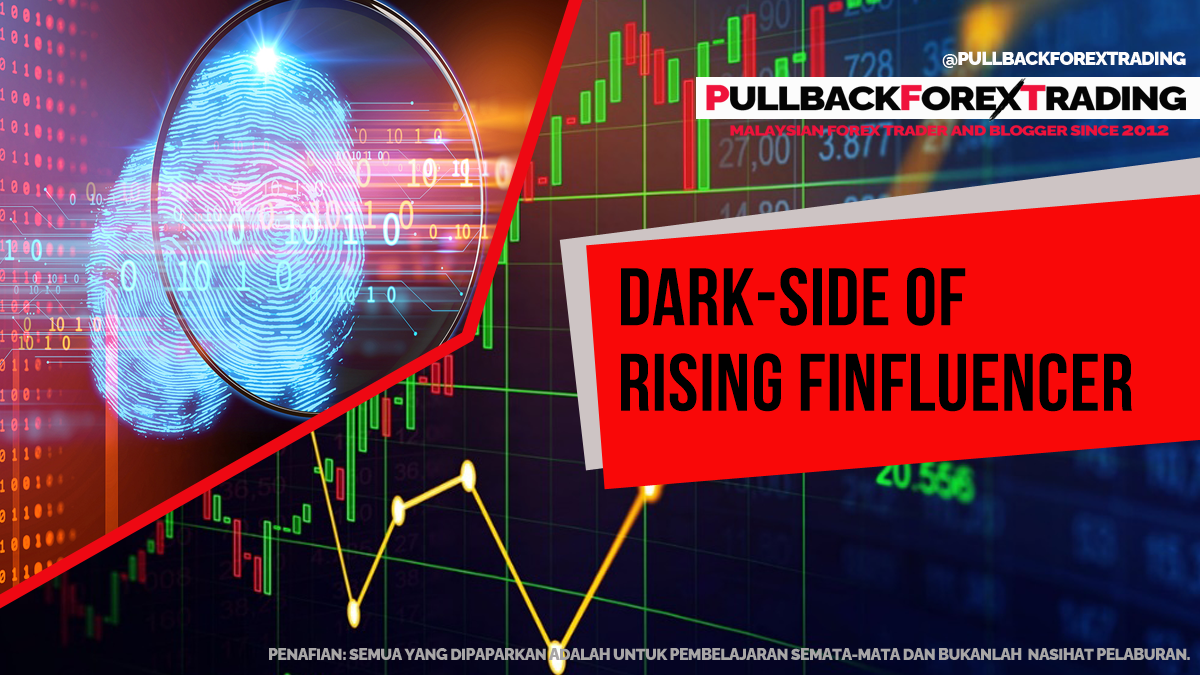
The Dark Side of Rising Finfluencers: How Social Media is Misleading Traders
In the age of social media, financial influencers—or finfluencers—have risen to prominence, promising wealth and financial freedom to their followers. While some provide valuable insights, many others mislead their audience with risky advice, hidden promotions, and unrealistic expectations. This article explores the dark side of rising finfluencers and the dangers they pose to traders and investors.
1. Misinformation & Misleading Advice
Many finfluencers lack financial qualifications and spread overly simplistic or misleading investment strategies. Their advice often:
- Encourages high-risk trading without discussing the potential for loss.
- Promotes overleveraging, leading followers to wipe out their accounts.
- Uses clickbait strategies, making complex trading appear effortless.
Real-World Example
A crypto influencer once urged followers to buy a new token, claiming it would skyrocket. Within days, the price crashed, and thousands of investors lost their money.
2. Hidden Promotions & Conflicts of Interest
Many finfluencers earn commissions by promoting specific brokers, trading platforms, or courses. The problem? They often:
- Recommend high-fee brokers that benefit them but not the trader.
- Push low-quality trading courses that overpromise and underdeliver.
- Hide sponsored posts, making it seem like unbiased advice.
What to Watch For:
- If an influencer constantly promotes the same broker, check if they are affiliated.
- Avoid “one-size-fits-all” trading strategies—every trader has different risk tolerance.
3. Encouraging Gambling Behavior in Trading
Many finfluencers glorify risky trading, leading followers to treat the market like a casino. They:
- Post large profits screenshots without mentioning the losses.
- Promote high-leverage trading, increasing the risk of a total account wipeout.
- Encourage emotional trading, making followers chase trades instead of following a strategy.
The Reality:
Most successful traders follow strict risk management—something rarely discussed by finfluencers focused on engagement.
4. Psychological Manipulation & Hype Culture
Finfluencers use psychological tactics to manipulate their followers into making impulsive decisions:
- Fear of Missing Out (FOMO): They hype up trades, making followers feel they must act fast.
- Fake urgency: Limited-time signals and “only 5 spots left” gimmicks create false pressure.
- Social proof: They use fake testimonials or rented luxury items to appear successful.
How to Avoid Being Manipulated:
- Research independently before taking any financial advice.
- Never rush into a trade just because someone online said so.
5. Fake Success Stories & Lifestyle Marketing
Many influencers fake their success to attract more followers and sell products. Common tactics include:
- Renting luxury cars and houses to appear wealthy.
- Using demo accounts while claiming to make millions.
- Falsifying testimonials to lure in new traders.
Protect Yourself:
- Check for verified trading records before trusting an influencer.
- Avoid anyone who sells a “guaranteed” trading strategy—there’s no such thing.
6. Exploiting Beginners & the Vulnerable
Finfluencers prey on:
- New traders eager to make money quickly.
- People in financial distress who see trading as an escape.
- Those unfamiliar with risk management, leading to large losses.
The Cycle of Deception:
- A trader follows a finfluencer’s advice and loses money.
- The influencer offers a paid course or signal service to “fix” the problem.
- The cycle repeats, benefiting the influencer while followers keep losing.
7. Lack of Accountability & Regulation
Unlike professional financial advisors, finfluencers face no real consequences for misleading their audience. Since most operate online:
- They can delete past mistakes and erase evidence.
- They blame market conditions instead of taking responsibility.
- Regulators struggle to enforce accountability due to jurisdiction issues.
What Can Be Done?
- Governments are starting to crack down on unlicensed financial promotions.
- Always verify an influencer’s credentials before following their advice.
Conclusion: Protect Yourself from the Finfluencer Trap
While some finfluencers provide helpful content, many are in it for personal gain. To protect yourself:
- Always fact-check financial advice before acting on it.
- Look for transparency—trust those who show both wins and losses.
- Educate yourself instead of relying on social media for financial decisions.
Trading and investing require skill, patience, and discipline—things that flashy finfluencers often overlook. Stay informed, think critically, and never risk more than you can afford to lose.
ADMIN
04/04/25



